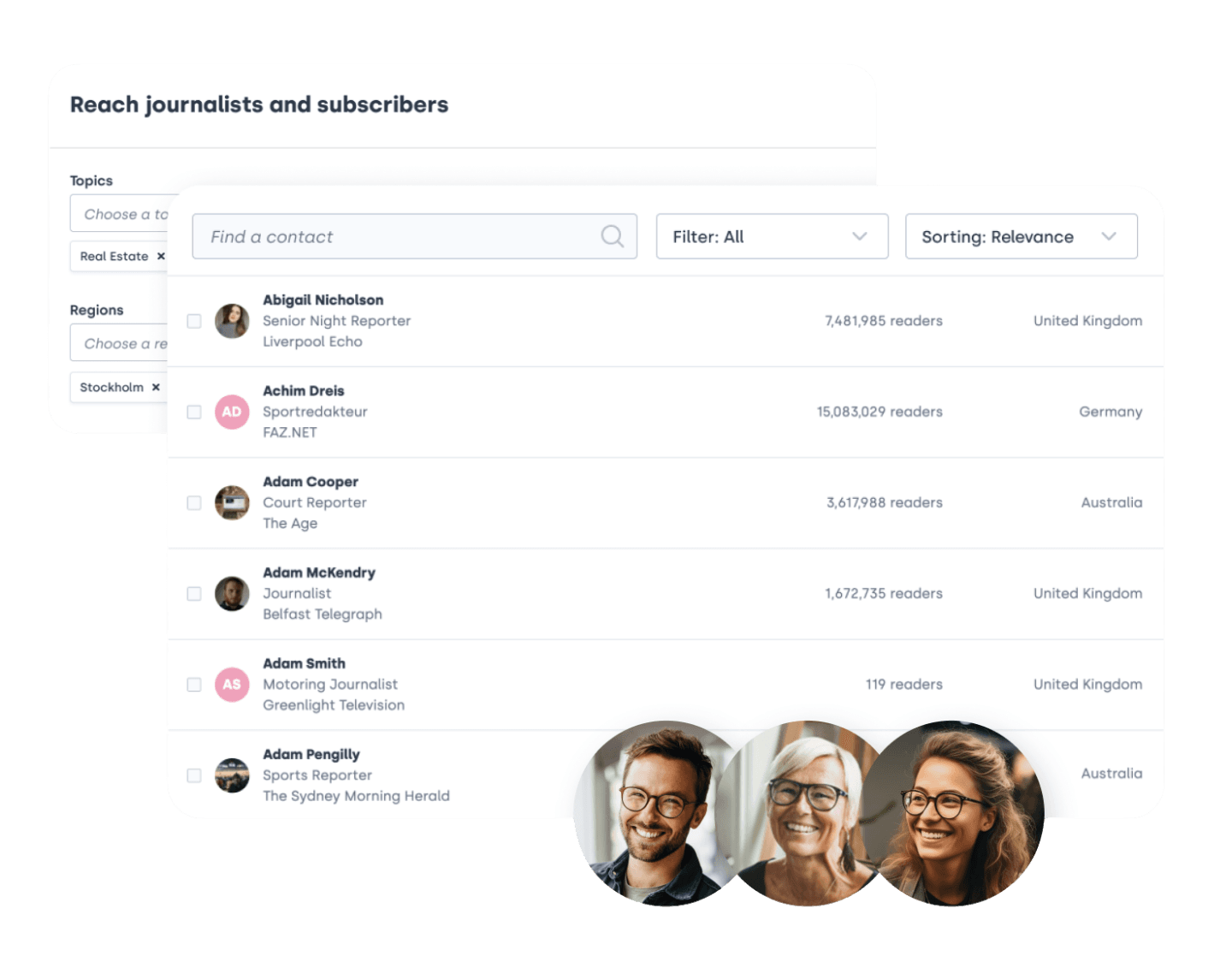The smarter way to grow your brand
- Trusted by the media – Over 1,000 journalists and media professionals rely on Mynewsdesk every day.
- Effortless to use – Unlike other PR tools Mynewsdesk is an intuitive and automated tool that simplifies your PR workflow – no steep learning curve.
- Powered by smart technology – made by people that are dedicated to creating a solution for communicators that is accurate, fast & trusted.
Mynewsdesk is your partner for better media monitoring, media coverage and measurable PR results.











